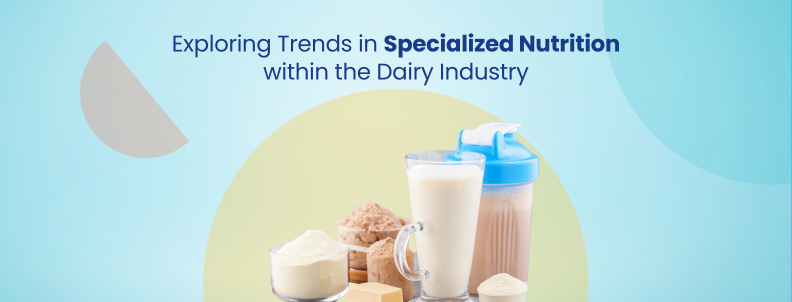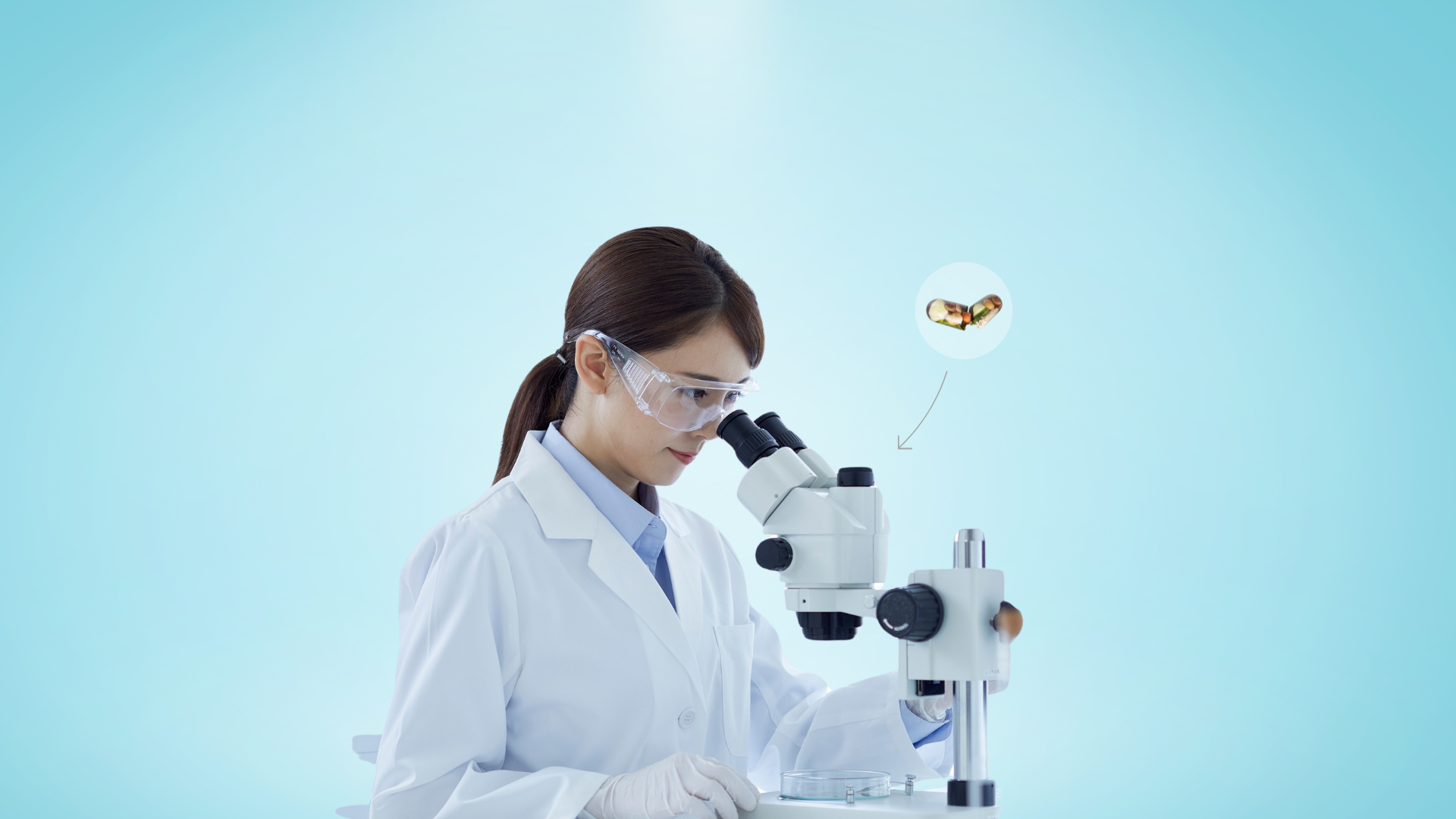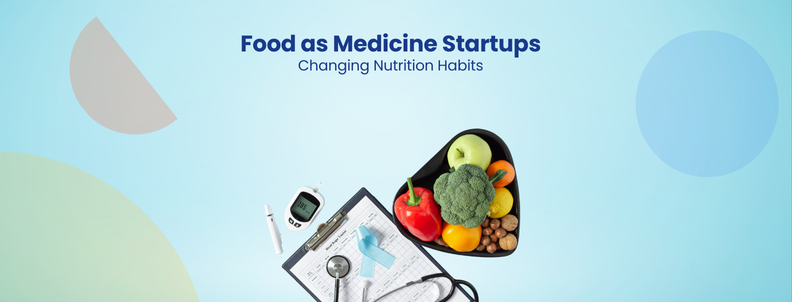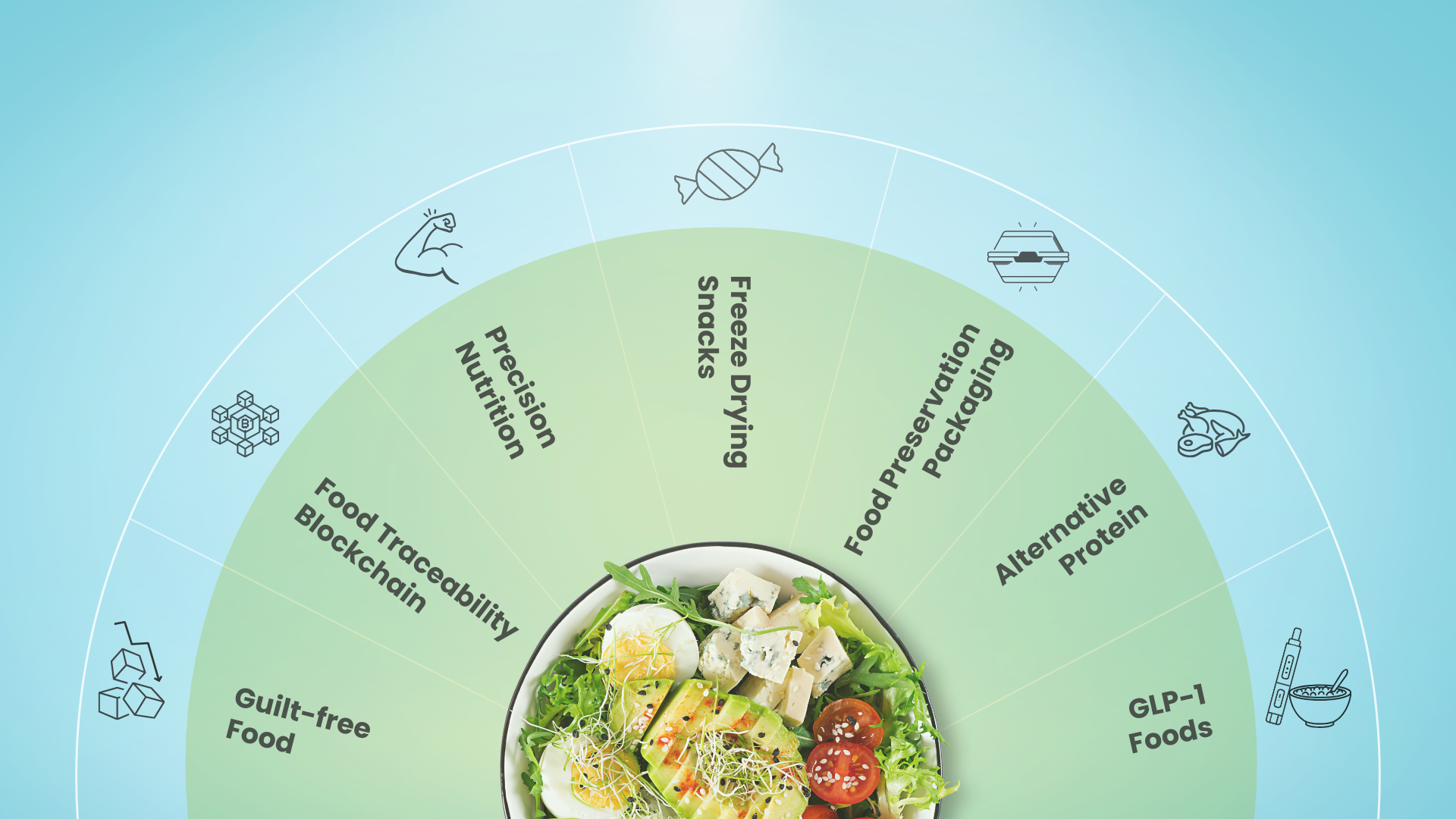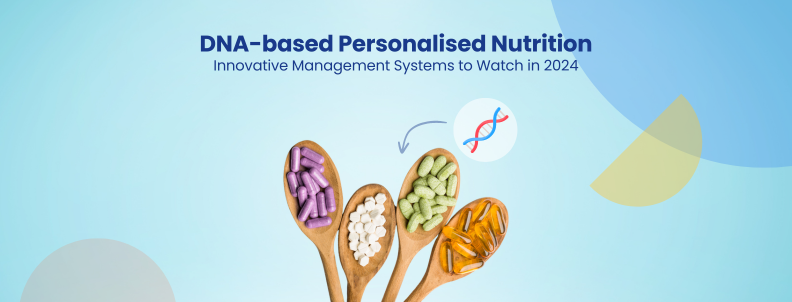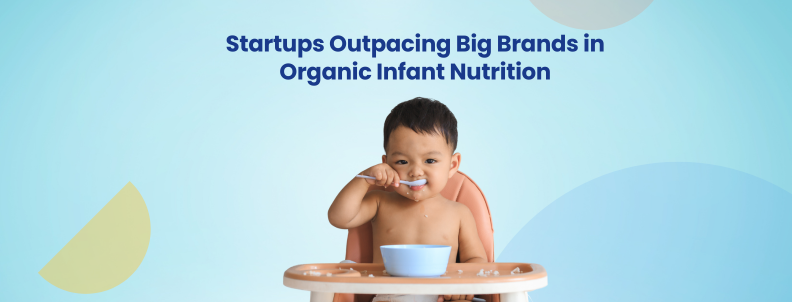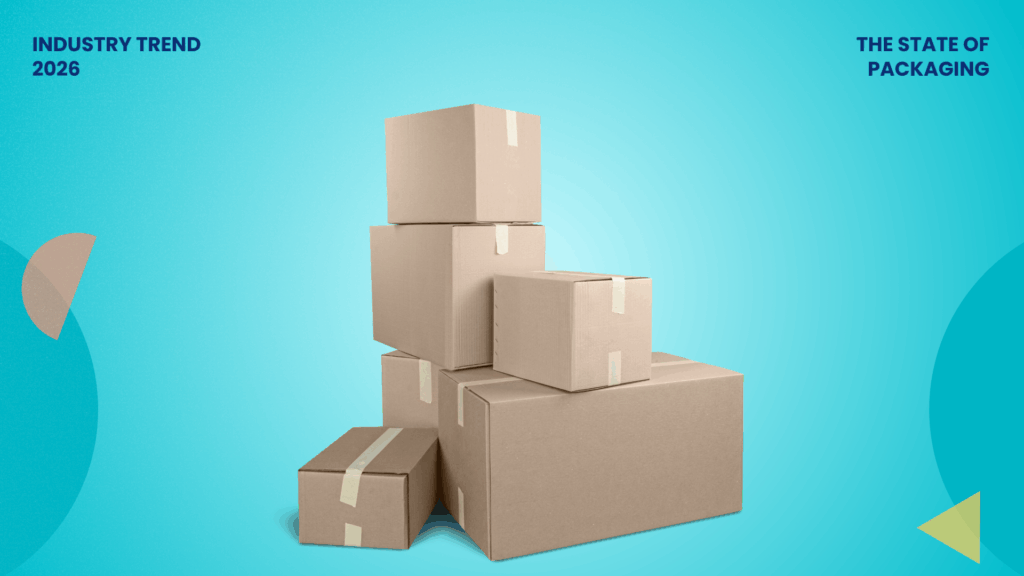Personalizing a nutrition product to an individual’s genes, metabolism, and microbiome is scientifically complex, costly, and time-consuming. The process requires recording detailed genetic, nutritional, and lifestyle data for each person.
Once collected, this data presents another challenge: analysis at scale. A single continuous glucose monitor can log thousands of readings per user every day, alongside inputs from DNA tests, wearables, and food trackers. Extracting meaningful insights from such large and varied data sets is a significant hurdle.
In many cases, even when researchers develop effective approaches for data collection and analysis, the next obstacle is regulatory compliance.
Precision nutrition spans multiple categories, from medical devices to dietary supplements, each governed by different and sometimes conflicting regulations such as GDPR, HIPAA, and Part 11. This complexity makes any personalized health claim subject to rigorous and often ambiguous review.
Scaling solutions from small pilot projects to full-scale production adds another layer of operational difficulty.
What solutions exist to such core challenges of precision nutrition, and what innovations and technologies are making precision nutrition scalable, more accurate, and cost-effective? The rest of this article will help you answer exactly that.
The insights provided in this article are part of the Precision Nutrition Innovations and Trends Report, which covers more detailed information on challenges, innovations, and trends in the Precision Nutrition sector.
Fill out the form to get your copy of this report as soon as we publish it:
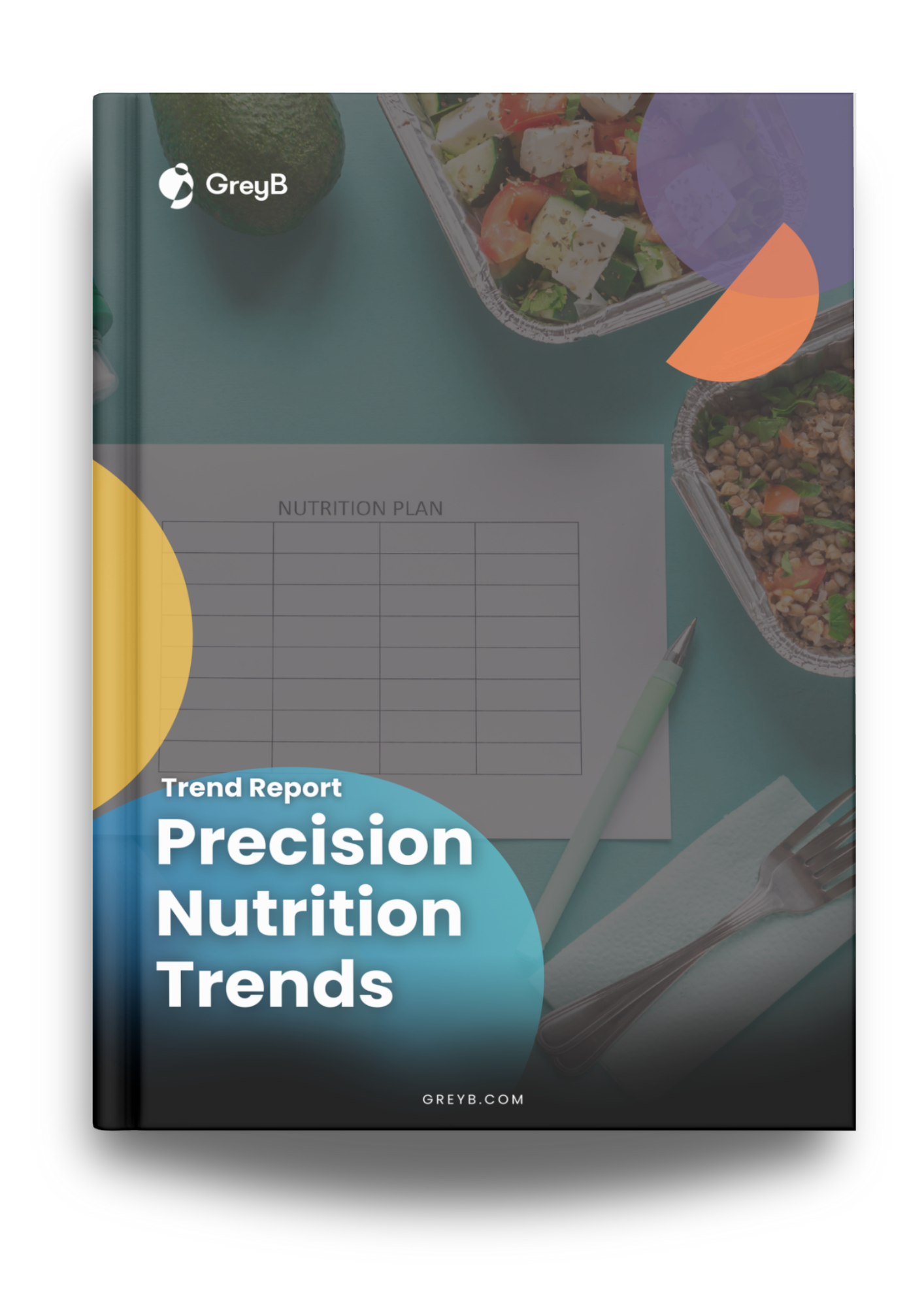
1. NutriDiary can reduce the cost and increase data integrity of precision nutrition programs
NutriDiary is a mobile app designed to digitize and simplify nutrition tracking, an important aspect of developing precision nutrition solutions. The app is a digital version of the Weighed Dietary Records (WDRs) method. However, it is easier and flexible for participants, at the same time accurate and reliable in terms of data collection for researchers.
The app can be used to gather initial research data or to validate if a nutrition solution is working in its early stages. It can:
- Lower overall cost, time, and effort in gathering data and creating a precision nutrition solution.
- Decrease the participants’ dropouts from long trials
- Increase nutritional data standardization, accuracy, and quality
How can NutriDiary help in nutritional tracking?
In NutriDiary, participants can record their meals with simple text search, barcode scanning, or photo capture, unlike hand-written entries in traditional WDRs. The app is connected to a database with over 150,000 items (Edamam Nutrition Analysis API). This database will make it easy for participants to find and log most of the generic foods, branded products, and even global recipes.
If participants are not able to find any food item in the database, they can take photos of the food’s brand name, barcode, ingredient list, and nutrition label. Researchers can later use these photos to fill the data gaps either by using existing nutritional information or recreating the dish via recipe simulation.
The app also lets users estimate portion sizes when weighing isn’t possible and includes a recipe editor as well as help mode if support is needed. This simplifies the data entry process without losing details.

Source: JMIR
What is the user feedback for NutriDiary?
In a study with 74 participants (a mix of nutrition experts and students):
- NutriDiary scored 75 on the System Usability Scale (SUS)
- 77% preferred it over traditional paper-based methods
- The median time to complete a WDR was ~35 minutes, considered acceptable across participant types
This simplified data entry process, flexibility, support features, and efficiency in completing nutritional assessments will make dropouts low in nutrition trials.
While the app is available in public app stores, it is not intended for general consumer use like MyFitnessPal or Cronometer. Regular users can’t fully use the app unless they are enrolled in a study and provided login access by the research team. This also increases the data integrity and accuracy as study groups can be controlled.
MyFood24 and GIBSONIFY are other similar apps that make precision nutrition research easy and accurate for both participants and researchers.
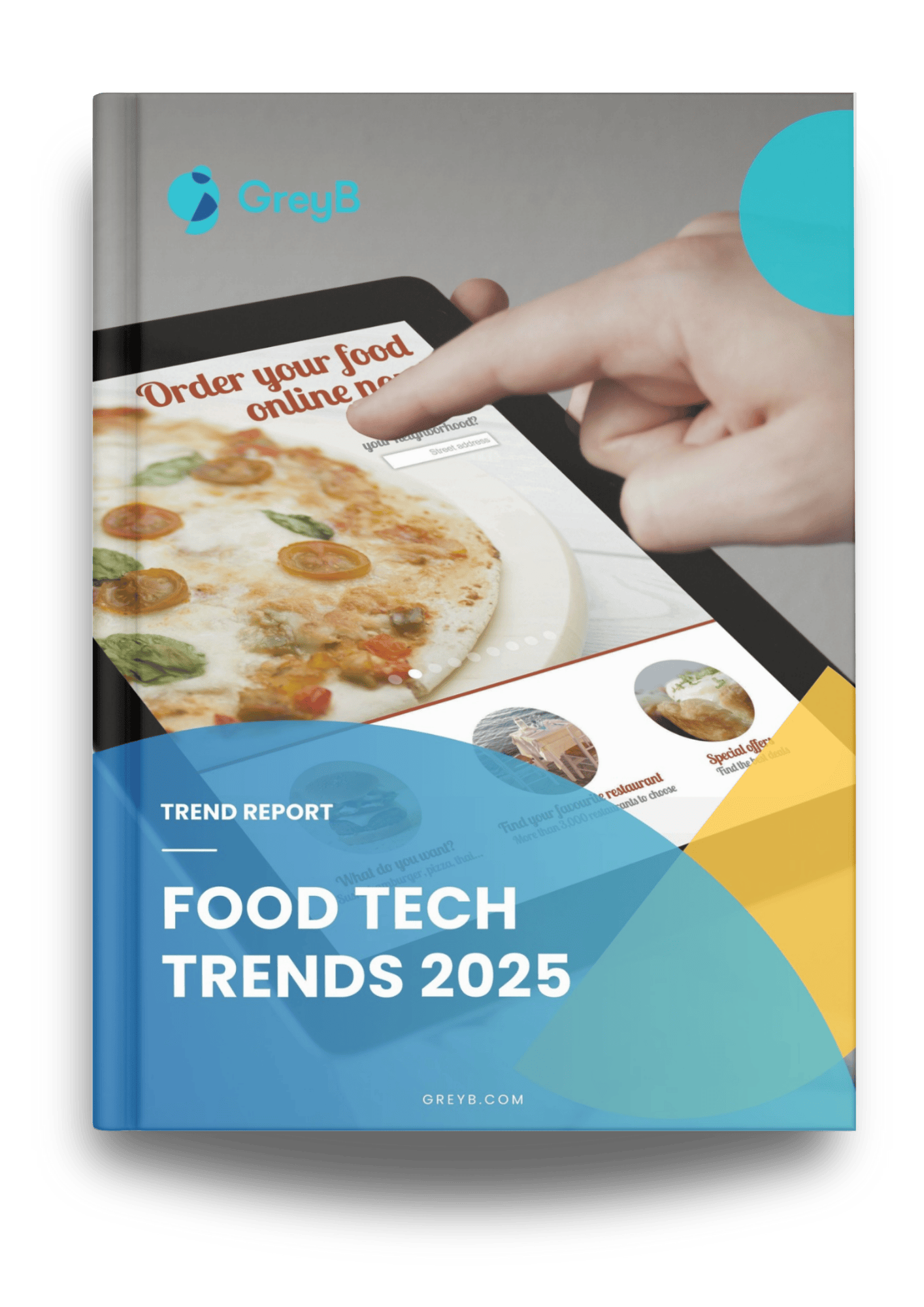
Food Tech Trends Report
Download Report2. MealMeter uses multimodal sensing and machine learning to estimate macronutrient intake
Most nutrition tracking tools, even advanced wearables, only give an indirect view of how the body handles food. They can’t measure actual nutrient (fat, carbohydrates, and protein) intake in real time. These inconsistencies pose a significant barrier to precision nutrition, where accurate assessment of meal macronutrient content is essential for personalized dietary recommendations.
A team led by Asiful Arefeen at Arizona State University has created a system called MealMeter to measure macronutrients like carbohydrates, proteins, and fats using wearable devices.
It uses a combination of physiological signals (e.g., heart rate, blood glucose levels), inertial motion data, and environmental cues to model metabolic responses after meals. Using this approach, the system records what the user ate, eliminating the need for self-reported food logs.

The model demonstrated impressive performance in estimating carbohydrate and fat intake, with Mean Absolute Errors (MAE) of 13.2g for carbohydrates and 3.67g for fat. Protein estimation was challenging, with MAE ranging from 2.93g to 18.4g.

MAE (grams) and RMSRE for different subjects (Source)
It shows promise in automating meal tracking for precision nutrition. It has the potential to aid individuals managing metabolic disorders such as diabetes and obesity. The research team plans to expand the system’s capabilities for real-world, free-living applications. This includes the incorporation of stress-level tracking to enhance dietary assessment and metabolic health monitoring.
The system’s code is available on GitHub for others to use in their precision nutrition programs.
Finding these emerging innovations using a simple Google search is time-consuming. You’ll have to sift through hundreds of search results, many irrelevant to your search intent. This is where a technology scouting tool like Slate helps out.
All it needs is a simple query, like “Precision Nutrition Innovations.”
Within minutes, Slate scours through hundreds of patents and research papers, finds highly relevant inventions, and presents them in a neat dashboard. Here’s a screenshot as an example:

Source: Slate Dashboard
What Are the latest innovations in precision nutrition?
3. PinkMatter is combining gut signals and symptom data to personalize PMS relief
Precision nutrition is expanding beyond metabolic health into women’s reproductive wellness. Startups like Pinkmatter are leveraging microbiome data and biomarker analysis to create targeted interventions for hormonal conditions.
Pinkmatter, a women’s health startup founded in 2024, integrates gut microbiome science with symptom tracking to deliver personalized PMS interventions.
The startup launched a science-backed supplement trio (January 2026) designed for mild to moderate PMS. This trio includes targeted vitamins, microbiome modulators (prebiotics/probiotics/postbiotics), and omega-3 fatty acids.
Each component addresses one of three biological pathways: gut health, hormonal regulation, and nervous system function. Pinkmatter is currently beta testing this trio to collect data and refine the trio formulation (maybe to personalize it for individual needs).
This nutrition supplement is currently targeted or precise for one condition (PMS) and not at the level of individual needs.
“What we’re doing is creating personalised supplements to target PMS, and all levels of severity of PMS, and the innovation behind the supplement is rooted in the science of the gut microbiome and biomarkers implicated in PMS.”
– Vishwanath-Deutsch, founder and CEO, Pinkmatter.
The startup has plans to launch a tech platform in 2027, which will transform this standardized approach into truly personalized interventions. The platform will integrate:
- Stool analysis to identify individual microbiome signatures
- Symptom tracking data to correlate biological patterns with user experiences
- Continuous learning algorithms that refine recommendations based on real-world usage outcomes
Pinkmatter also plans to expand into PCOS, endometriosis, and fertility, leveraging the same gut-hormone-neuro axis approach. It stated its intention to partner with retailers, health platforms, and menstrual tracking apps to collect data and deliver a personalized PMS management system.
4. This AI can help create precision nutrition products with natural bioactives
Forager® AI is a search engine created by BrightSeed to help companies find plant or other nature-derived bioactives and their effects on human health. These unmapped natural compounds can be the key for companies to create or improve their precision nutrition solutions.
This SaaS solution combines computational biology, AI, and Brightseed’s database of over 7 million plant-derived compounds. It can rank all bioactives, existing as well as new, unmapped AI predictions, to target a specific health condition or biomarker.

This tool can save companies time and cost invested in early-stage research and development of precision nutrition solutions.
BrightSeed is also planning to offer Forager-on-demand, so that companies can directly integrate the tool into their R&D processes and use it as a hands-on discovery engine.
In precision nutrition, where strategies often involve layering genetic, microbiome, and behavioral data for personalized solutions, hands-on data control minimizes delays from third-party mediation. Teams can run real-time queries to simulate bioactive interactions, predict outcomes for targets like metabolic health or inflammation, and refine formulations on the fly. This shortens development cycles from months to weeks, making research more controlled and accurate.
Food and healthcare companies like Haleon, Danone, Blue Diamond, and Ocean Spray have partnered with BrightSeed to use Forager AI. They were able to discover new bioactives and source or bioengineer promising compounds at scale for new nutrition solutions using this tool. For instance, Blue Diamond was able to identify 188 previously unrecognized bioactive compounds in their California diamonds using Forager.
Brightseed also used Forager to discover two bioactives, N-trans-caffeoyl tyramine (NCT) and N-trans-feruloyl tyramine (NFT), in upcycled hemp hulls.
These compounds improve gut barrier integrity and target leaky gut symptoms like bloating, inflammation, and poor nutrient absorption. These are clinically validated bioactives and can be used to create precision nutrition solutions related to gut health.
Related Read
5. Better & Better Co. is adding supplements to the everyday products of the user as a precision nutrition strategy
Personal care company Better & Better Co. has developed a smart system that reimagines how people consume nutritional supplements. Instead of pills or capsules, the system makes invisible additions to everyday products for the user’s convenience, like toothpaste, chewing gum, or lotion. This approach ensures that supplements are integrated seamlessly into a user’s routine. It eliminates the need to develop a new habit of taking supplements.
The patented system works by analyzing personal health data, such as blood test results, to detect deficiencies like low levels of Vitamin D or magnesium. Using this data, it determines which supplement is needed and how it is best absorbed (orally, through the skin, etc.).
The system then matches this data with a product that the consumer already uses regularly. For instance, if someone brushes their teeth twice a day, the system may recommend adding the required supplement to their toothpaste.
The system works with infusion devices and delivery services like Amazon to ensure accurate dosing and easy access. It also defines a “consumption period” (e.g., 30 days for a toothpaste tube) and monitors whether the supplemented product produced positive health outcomes for the user. This creates an iterative feedback loop.
This process makes supplement consumption effortless and compliant; users don’t need to remember to take pills. They just go about their daily routines, and the supplements are delivered passively through products they already use. These are just a few advancements in the precision nutrition space.
What’s Next!
Key trends, like the integration of metabolomics, nutrigenomics, and AI-driven personalization, are reshaping the precision nutrition landscape. Yet, with so many emerging technologies and studies, it’s crucial to separate the real innovation from the noise.
At GreyB, we track the signal through the noise, so you don’t have to.
We’ll help you:
- Spot emerging tech: Identify the next AI-led breakthroughs or innovations in metabolomics and computational gastronomy.
- Competitive intelligence: Understand where competitors are investing and find areas where research and opportunities are expanding.
- Discover untapped markets: Reveal industry white spaces to stay ahead of the curve.
Whether you’re building a product, scouting partnerships, or refining your innovation strategy for a precision nutrition product line, our experts can provide the answers you need.
Want to see what your competitors will work on six months from now? Fill out the form and we’ll show you:
How Can We Help You?
We support industry-leading R&D and Innovation professionals through complex problems. Describe your challenge, and let us bring clarity and expertise.
Related Read
